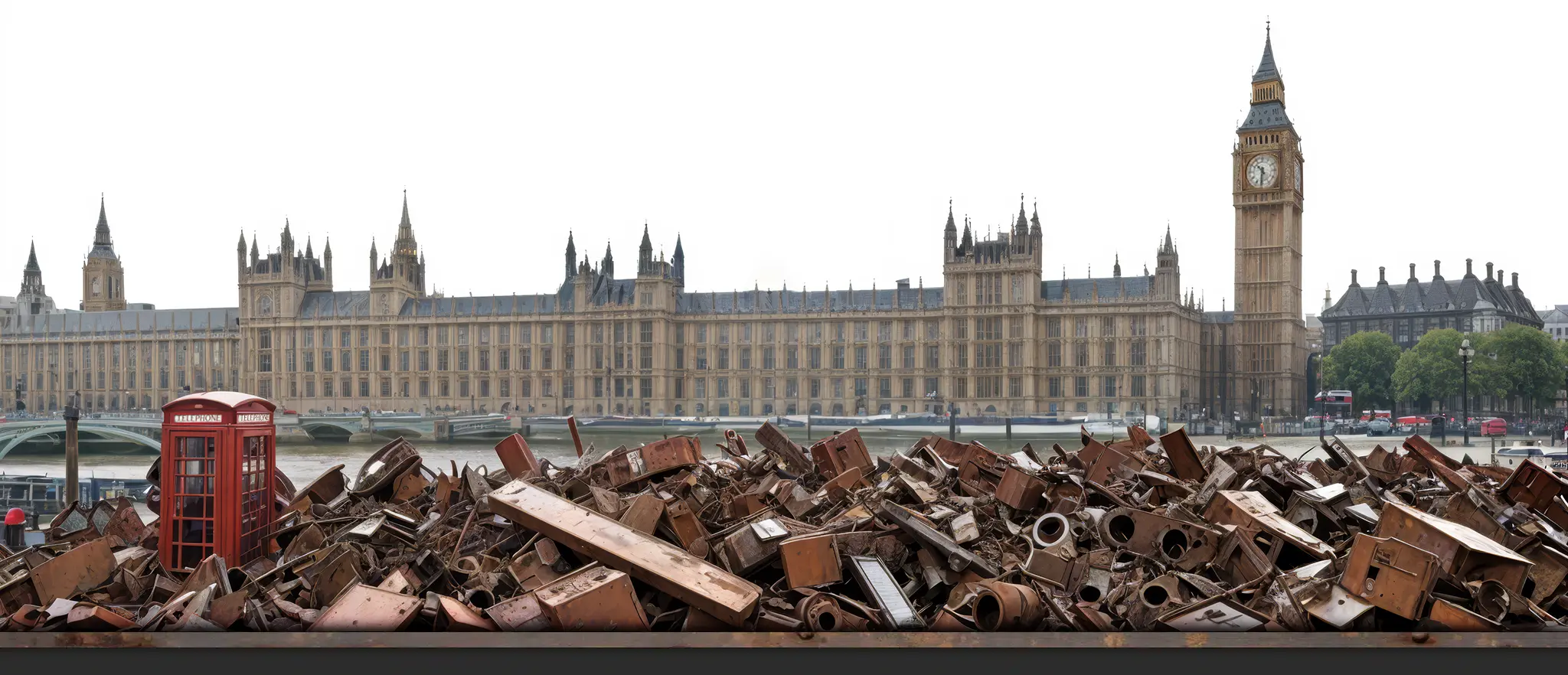Understanding Copper Types: Grades and Their Impact on Scrap Prices
Copper is a metal that surrounds us every day, yet many people know very little about it. It’s widely used in the construction industry — particularly in water pipes and HVAC systems (heating, ventilation, and air conditioning).
In the recycling world, copper is one of the most valuable materials. If you want to make the most of your copper scrap, understanding the different types and grades is essential.
So, what are the different types of copper? And how do their grades affect scrap prices?


TYPES OF COPPER SCRAP
Below are the main copper grades that determine the value of copper at scrapyards and recycling centresb.
First-Grade Copper (No. 1 Copper)
This grade includes clippings, bus bars, unalloyed wire at least 15 mm in diameter, and commutator segments. To qualify as first-grade, the copper must be:
- Clean in appearance
- Free from coatings or alloys
- Uninsulated and untinned
Clean copper tubing without fittings, paint, insulation, or solder is the most valuable form in this category. However, many copper pipes can still be classified as first-grade if they have minimal corrosion and the fittings are removed.
Note: A trace amount of oxidation on the tubing is usually acceptable.
Second-Grade Copper (No. 2 Copper)
Second-grade copper consists of solid, unalloyed copper with surface coatings such as:
- Paint
- Solder
- Oxidation
- Tarnish
To qualify, the copper must have a minimum content of 94–96%. The wire must be uninsulated and thinner than 15 mm in diameter.
Scrap yards generally accept copper with minor oxidation, provided the damage is not extensive.
Bare Bright Copper
Also known as “bright and shiny” copper, this is the highest-paying copper grade.
It refers to unalloyed, uncoated copper wire or cable that:
- Is no thinner than 16 gauge
- Contains no insulation
- Is free from impurities, paint, or tarnish
Only very light patina is allowed. This category excludes copper piping, regardless of how clean it may look.
Insulated Copper Wire – Grades 1 and 2
Insulated copper wire is classified into two grades depending on the type of insulation and purity of the copper.
First-Grade Insulated Wire
- Clean, unalloyed, untinned copper wire or cable
- Plastic-insulated with all ends cut off
- Insulation does not need to be removed
Second-Grade Insulated Wire
- Heavily insulated or double-coated wire
- May include coatings such as tin or nickel
- Can include corrosion or signs of wear
- Common in telecom wiring, extension cords, and electronics
Despite the insulation, this grade still contains unalloyed copper and holds scrap value — though lower than first-grade types.
Scrap Value – How Copper Grade Affects Price
Copper has many uses, but its most critical role is in electrical applications — especially the production of enamelled wire. In these uses, purity is key.
- Primary copper (first-grade or bare bright) offers high conductivity and excellent surface quality. This makes it highly desirable and well-paid.
- Secondary copper (second-grade and insulated types) is often used in piping and other lower-spec applications. It can still be recycled and reused within certain quality limits.
Among all grades, bare bright copper consistently commands the highest prices at scrapyards.
Final Words – Know Your Copper, Maximise Your Return
Now that you understand the different types and grades of copper, you’re better equipped to estimate your scrap’s value. By sorting it correctly, removing unwanted fittings or coatings and staying informed on copper prices, you can get the best deal on the market.
Want to stay updated and connect with other recyclers?









